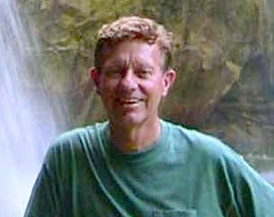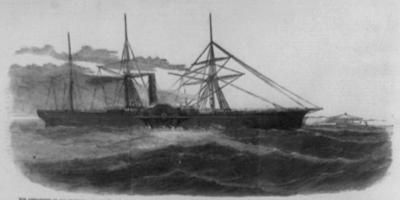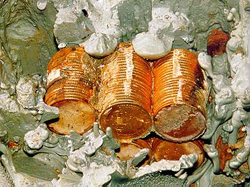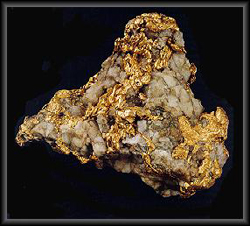Dr. Charles E. Herdendorf
 Dr. Charles E. Herdendorf is Professor Emeritus of Geological Sciences (Oceanography) at The Ohio State University and an Affiliate Scholar in the Environmental Studies Program at Oberlin College, Oberlin, Ohio. He graduated from Ohio University (B.S. and M.S. in Geology) and The Ohio State University (Ph.D. in Limnology & Oceanography) and completed post-graduate studies in Coastal Engineering at the University of California, Los Angeles, Marine Biology at the University of Maryland, Physical Oceanography at Oregon State University, and Archaeology at The Ohio State University.
Dr. Charles E. Herdendorf is Professor Emeritus of Geological Sciences (Oceanography) at The Ohio State University and an Affiliate Scholar in the Environmental Studies Program at Oberlin College, Oberlin, Ohio. He graduated from Ohio University (B.S. and M.S. in Geology) and The Ohio State University (Ph.D. in Limnology & Oceanography) and completed post-graduate studies in Coastal Engineering at the University of California, Los Angeles, Marine Biology at the University of Maryland, Physical Oceanography at Oregon State University, and Archaeology at The Ohio State University.
Dr. Herdendorf began his professional career as a geologist with the Division of Shore Erosion, Ohio Department of Natural Resources in 1960 and later (1964) served as Lake Erie Section Head for the Ohio Geological Survey. Dr. Herdendorf joined the faculty of The Ohio State University as Associate Professor in 1971, and advanced to Professor in 1976, where he was the founding director of the Center for Lake Erie Area Research (CLEAR) and the Ohio Sea Grant College Program. In addition to these duties, from 1973 to 1988 he directed the Franz Theodore Stone Laboratory, Ohio's field research station on Lake Erie at Put-in-Bay. While on the faculty at The Ohio State University, he held concurrent professorships in Atmospheric Sciences, Civil Engineering, Environmental Studies, Geological Sciences, Natural Resources, and Zoology. He served as advisor to 19 doctoral and 51 masters-level graduate students.
After joining the ranks of the emeritus faculty, Dr. Herdendorf served as science director of the SS Central America Project-a seven-year expedition to explore and recover the 1857 shipwreck of a Gold-Rush steamship that sank in a hurricane 200 miles off the Carolina coast, in water 8,000 feet deep. The expedition recovered hundreds of artifacts from the mid-19th century that yielded new insight of the Gold Rush Era, including three tons of gold bars, coins, and nuggets. Equally important, Dr. Herdendorf discovered 12 new species of deep-sea animals, three of which were named in his honor by colleagues at the Smithsonian Institution and the Redpath Museum of McGill University, including the golden coral Chrysogorgia herdendorfi and glass sponge Farrea herdendorfi. His 224-page publication, Science on a Deep-Ocean Shipwreck, documents this research.
Dr. Herdendorf holds a 100-ton Masters License for Great Lakes vessels and has more than 35 years of experience conducting research aboard vessels operating in Lake Erie and the other Great Lakes. Studies conducted by Dr. Herdendorf and his students aboard The Ohio State University’s research ship Hydra have been credited as “Saving Lake Erie.” He was instrumental in establishing the Peachman Lake Erie Shipwreck Research Center of the Great Lakes Historical Society in Vermilion, Ohio and the Maritime Archaeology Survey Team (MAST)
The Science of the Treasure Ship SS Central America
 The United States Mail Steamship Central America sank in deep water off the coast of the Carolinas during a monstrous 1857 hurricane. In addition to 578 passengers and crew, and 38,000 pieces of mail, the Central America also held tons of gold ingots, coins, nuggets, and dust mined from the western gold fields during a defining quarter-century when the country came of age.
The United States Mail Steamship Central America sank in deep water off the coast of the Carolinas during a monstrous 1857 hurricane. In addition to 578 passengers and crew, and 38,000 pieces of mail, the Central America also held tons of gold ingots, coins, nuggets, and dust mined from the western gold fields during a defining quarter-century when the country came of age.
Lost for 131 years, the Central America shipwreck is a unique time capsule of information and artifacts of an era in which the very character and spirit of America blossomed. Eddie Herdendorf will offer information, not just on the treasure, but on the many scientific discoveries from the expeditions to the Central America.
 |
 |
 |
 Speakers & Presentations
Speakers & Presentations